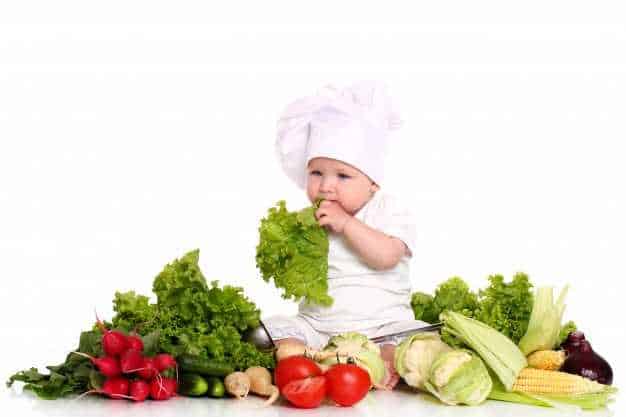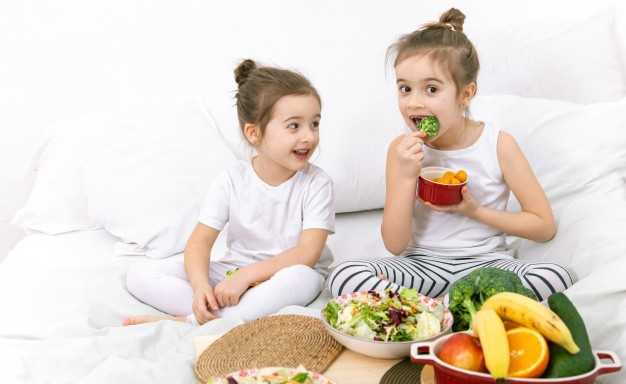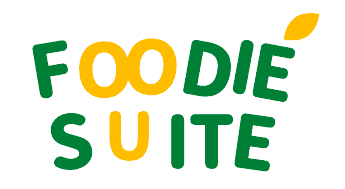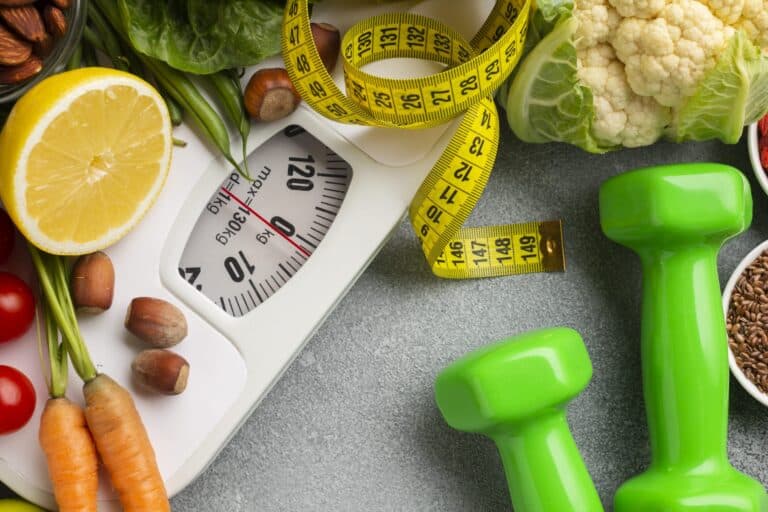How to Weight Loss for Overweight Kids

Weight loss for kids, a diet should be healthy and contain enough nutrients for children to grow well and be healthy. The amount of nutrients your baby needs depends on his age and level of physical activity.
Weight loss for kids There are very many children around the world who have obesity, whether it is excessive or any form of obesity in general, and this thing worries very many mothers, as there are many mothers who do not have the ability to prevent their children from food and the mother is satisfied only with sadness and grief, as well. Some people also make a very big mistake unintentionally, which is when the mother forces the child to end all food even if he has felt full, and at that time, even if the child is obese, he will gain weight within a few years.
How to Weight Loss for Overweight Kids

Foods to avoid
Foods high in fat and sugar do not provide the nutrients the body needs in good health. These foods include snacks (chips, candy, and other sweets), juice, fruit drinks, and soda.
If the child eats snacks and drinks between meals throughout the day and eats less healthy foods during meals, it may cause your child to gain a lot of weight. Your child may also develop anemia (low levels of iron in his blood). Anemia can affect a child’s growth and ability to learn.
Choking foods for your babies such as raw vegetables, hard candy, and nuts. Children under 5 years of age may choke on these foods, as they do not have all the teeth and thus cannot chew and swallow these foods easily.
Not putting the child on the scale regularly at home, this creates disruptions in the child’s life or focus on body image issues. If you want to know if your child is gaining or losing weight, you can find out from his clothes if they become loose or become tight.
Drink two cups of water before leaving the house for a birthday party or for dinner, for example, because it will give a feeling of fullness, which helps him to reduce the amount of food consumed and unwanted calories.
Eating home-cooked food instead of eating in restaurants, meals outside are usually a very poor source of nutrition because they contain high amounts of sodium and processed materials and frozen meats are unreliable.
Reducing the percentage of sugars as much as possible and replacing them with fruits.
Some guidelines for feeding a child from 1 to 6 years old:

Children between 1 and 2 years of age are learning to develop eating skills. The food may end up on the floor or on your baby instead of on his mouth. Be patient and let your baby learn to use a spoon to feed himself. Avoid giving your child a fork or knife until he avoids hurting himself.
Giving the child milk even after the age of 2 years because his body needs the extra fat in whole milk to help him grow. After the age of two years, you can drink skim milk or low-fat milk.
Feed your baby with a variety of healthy foods from different food groups. You don’t need to count calories, make him stop eating, or make him eat more. Most children know how much food they need.
Do not force your child to eat new foods if he does not want to. Introduce the food again after a few days, and let the child decide whether or not to eat it.
Children need to see a new type of food up to 8 or 10 times before they are ready to eat the food they want.
Young children can be very picky. Your child may like a certain food in one day and then decide that he does not like it the next day. Offer 2 or 3 different foods in every meal.
Some guidelines for feeding a 6 to an 11-year-old child:
Offer healthy low-fat foods to your child at home. These include lean meats, fruits and vegetables, and low-fat dairy products. If your child regularly eats foods high in fat, this may become a habit if he gets older.
Avoid keeping foods high in fat in your home. Examples of foods high in fat include fried foods, potato chips, and many snacks. A high-fat diet can cause children to gain weight and develop other health problems when they are adults
Teaching your child how to choose healthy meals at school. And lunch may include a sandwich with protein such as lean meat, cheese, or peanut butter. It may also include fruits, vegetables, and milk.
Some guidelines for children of all ages:

Provide healthy meals and snacks to the child and allow him to decide what he needs from them. Your child will be very hungry on some days and want to eat less on other days. He may want to eat more on days when he is most active. He may also eat more if he is experiencing a growth spurt.
Offer a snack in times of calm and fun for your child, turn off the TV, and have your child sit at a table to eat. Babies like to eat the same type of food that they see their parents eat from. If your child sees you eating healthy food, he will love to eat the same healthy food.
you can read also: Healthy foods for weight loss and muscle gain
Foods that the child should feed on:
The number of servings your child needs from each food group depends on his age and activity level. Ask the dietitian how many servings your child will need.
fruits and vegetables:
Half of your baby’s food should contain fruits and vegetables.
fruits:
Fresh, canned, or dried fruits in place of fruit juice whenever possible.
Vegetables:
Eat more dark green, red, and orange vegetables. Dark green vegetables include broccoli, spinach, lettuce, and cabbage. sweet potatoes, winter squash, and red peppers.






